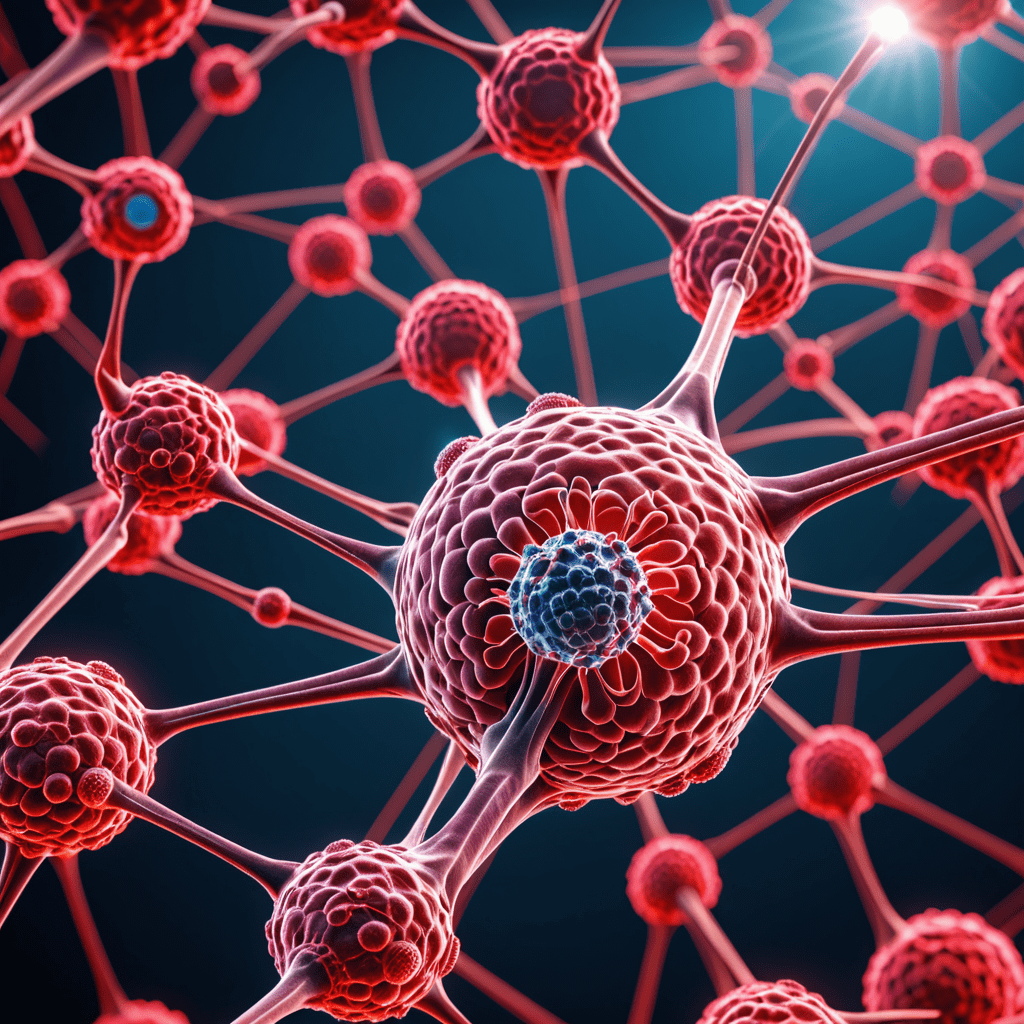
Nanotechnology in Cancer Treatment: Targeted Therapies
In the realm of cancer treatment, nanotechnology has emerged as a revolutionary approach that offers targeted therapies with remarkable precision. By harnessing the power of nanoscale materials and devices, scientists and researchers are paving the way for more effective and less invasive treatments for various types of cancer. Let’s delve into the world of nanotechnology and how it is transforming the landscape of cancer therapy.
The Role of Nanotechnology in Cancer Treatment
Nanotechnology involves the manipulation of materials at the nanoscale, typically ranging from 1 to 100 nanometers. In the context of cancer treatment, nanotechnology enables the development of targeted therapies that can deliver drugs, imaging agents, or therapeutic agents directly to cancer cells while minimizing damage to healthy tissues. This precision targeting is a game-changer in the fight against cancer.
Nanoparticles in Targeted Drug Delivery
One of the key applications of nanotechnology in cancer treatment is the use of nanoparticles for targeted drug delivery. Nanoparticles can be designed to carry chemotherapy drugs specifically to cancer cells, enhancing drug efficacy and reducing side effects. These nanoparticles can also be engineered to release drugs in response to specific stimuli found in the tumor microenvironment, further improving treatment outcomes.
Enhanced Imaging Techniques with Nanotechnology
Nanotechnology has also revolutionized cancer imaging techniques. Nanoparticles can be loaded with imaging agents such as fluorescent dyes or magnetic nanoparticles, allowing for highly sensitive and specific detection of tumors. This enhanced imaging capability not only aids in early detection but also facilitates targeted therapies by precisely identifying the location and extent of the cancer.
Targeting Tumor Microenvironment with Nanomedicine
The unique properties of nanomaterials have enabled the development of nanomedicines that can target the complex tumor microenvironment. By incorporating targeting ligands on the surface of nanoparticles, these nanomedicines can selectively bind to receptors overexpressed on cancer cells, enhancing their accumulation within tumors. This targeted approach improves treatment efficacy while minimizing systemic toxicity.
Challenges and Future Directions
Despite the immense promise of nanotechnology in cancer treatment, there are challenges to overcome, such as ensuring the safety and biocompatibility of nanomaterials and optimizing their pharmacokinetics. However, ongoing research and advancements in nanomedicine hold great potential for further enhancing targeted therapies and personalized cancer treatment strategies.
The Impact of Nanotechnology on Cancer Care
Overall, nanotechnology has revolutionized the field of cancer treatment by offering targeted therapies that aim to improve patient outcomes and quality of life. Through precision drug delivery, enhanced imaging techniques, and targeted approaches to the tumor microenvironment, nanotechnology is reshaping the way we approach cancer care. As research in this field continues to progress, the future of cancer treatment looks increasingly bright with the integration of nanotechnology.
FAQs about Nanotechnology in Cancer Treatment: Targeted Therapies
What is nanotechnology in cancer treatment?
Nanotechnology in cancer treatment involves using incredibly small particles called nanoparticles to target cancer cells specifically. These nanoparticles can deliver drugs or other substances directly to cancer cells, reducing damage to healthy tissues.
How do targeted therapies work in cancer treatment?
Targeted therapies in cancer treatment use drugs or substances that specifically target cancer cells based on certain characteristics unique to those cells. By targeting only the cancer cells, these therapies can potentially be more effective and cause fewer side effects compared to traditional treatments.
What are the benefits of using nanotechnology for targeted cancer therapies?
Utilizing nanotechnology in targeted cancer therapies offers several advantages, such as increased precision in targeting cancer cells, reduced damage to healthy tissues, enhanced drug delivery efficiency, and potentially lower toxicity levels of treatments for patients.
Are there any current advancements in using nanotechnology for targeted cancer therapies?
Researchers are constantly exploring new ways to improve the effectiveness of nanotechnology in cancer treatment. Some advancements include developing nanoparticles with specific surface modifications for better tumor targeting, creating nanoparticles that can deliver multiple drugs simultaneously, and exploring the use of nanotechnology for early cancer detection.

